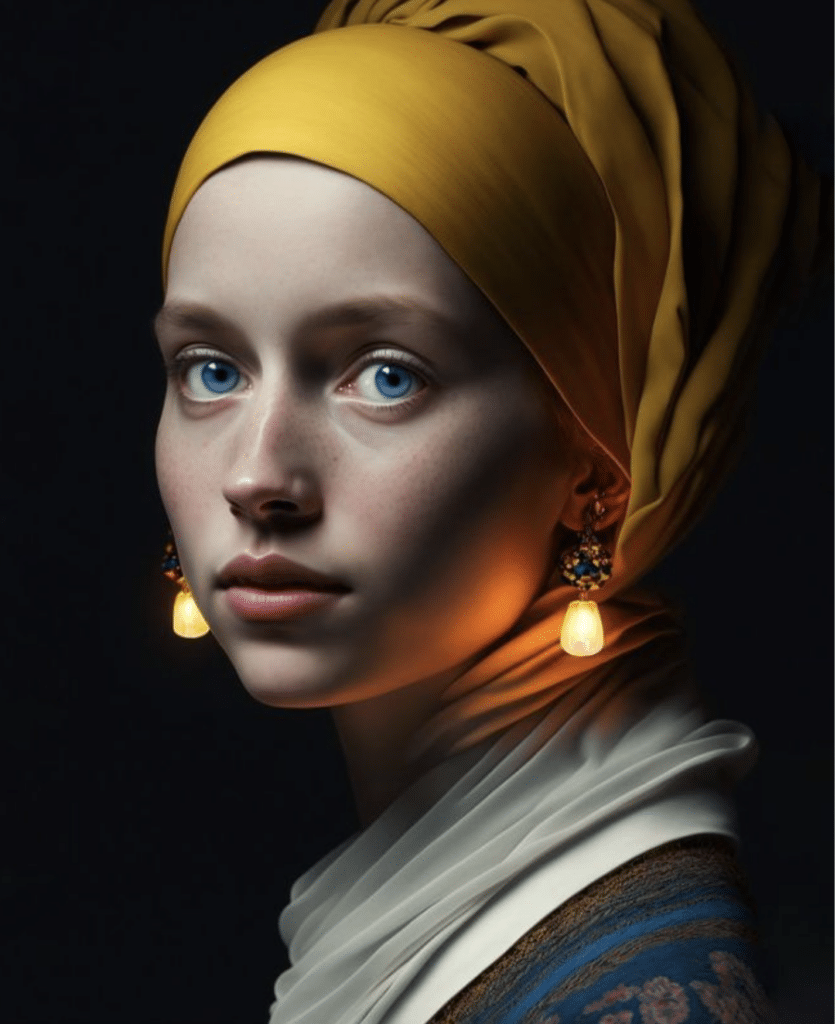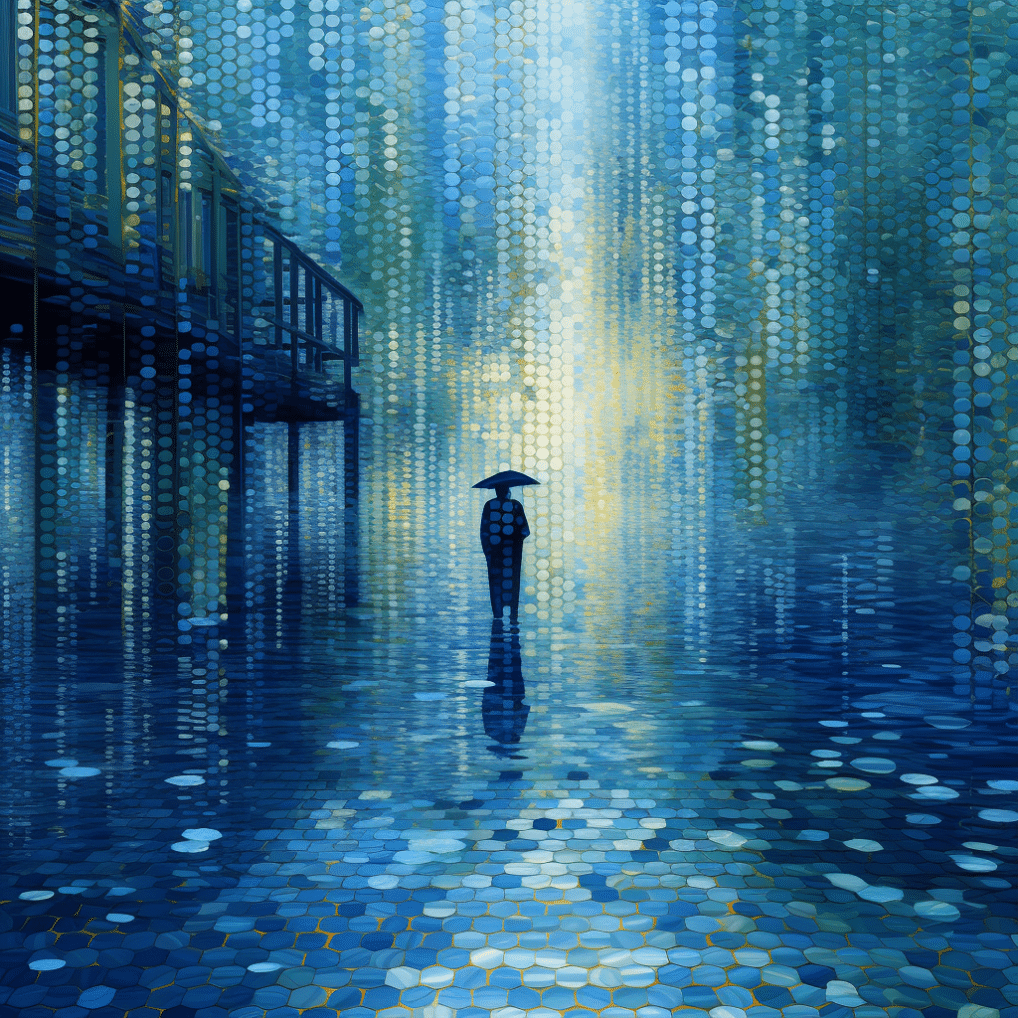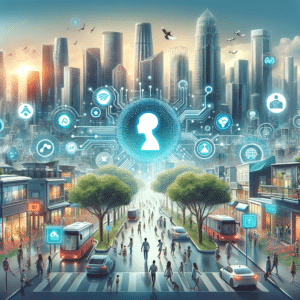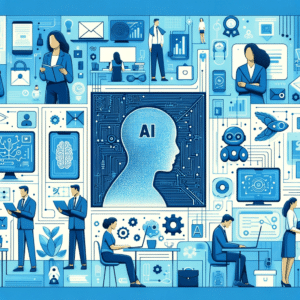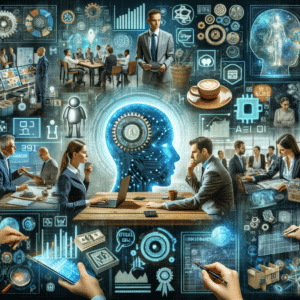Image generation by AI is also accused of reproducing elements that were seen during training on non-copyright free images. This question raises important concerns about intellectual property and copyright in the AI era. The ability of AI models to learn from large data sets and generate original works of art has opened up a complex and nuanced debate about authorship and creativity.
It is also important to note that human artists are also influenced by the works they see and experience throughout their lives. Should we therefore subject the human artist to the same criticism as generative AI? Should we “open the artist’s brain” to validate the authorship of his work?
More recent events have highlighted the issue of preparing the arts community to handle AI. German artist Boris Eldagsen won an award at the prestigious Sony World Photography Awards 2023 for a photo that was later revealed to have been taken by an AI, DALL-E 2. By refusing his award, Eldagsen opened a debate on recognition of AI in international competitions.
AI, with its astonishing advances, worries as much as it fascinates, pushing the image professions to question themselves. Advances in AI have opened the door to new forms of artistic expression, but have also raised concerns about ethics, security, and intellectual property.
In this context, it is essential to adopt a balanced approach that recognizes both the creative potential of AI and the legitimate concerns it raises. Navigating the AI era and integrating these powerful technologies into the art world and beyond will require careful thought and open discussion.
The controversy surrounding the use of generative AI in art reflects the broader tensions surrounding the integration of AI into our society. The benefits of AI, including its ability to generate new art forms, must be weighed against the ethical and legal concerns it raises.
It is clear that a prolonged debate is underway on this question. Nonetheless, it is essential to take a balanced approach that recognizes both the creative potential of AI and the legitimate concerns it raises. Only by approaching these questions with careful thought and discussion can we effectively navigate the AI era and determine how to fairly and ethically integrate these powerful technologies into the art world and beyond.
